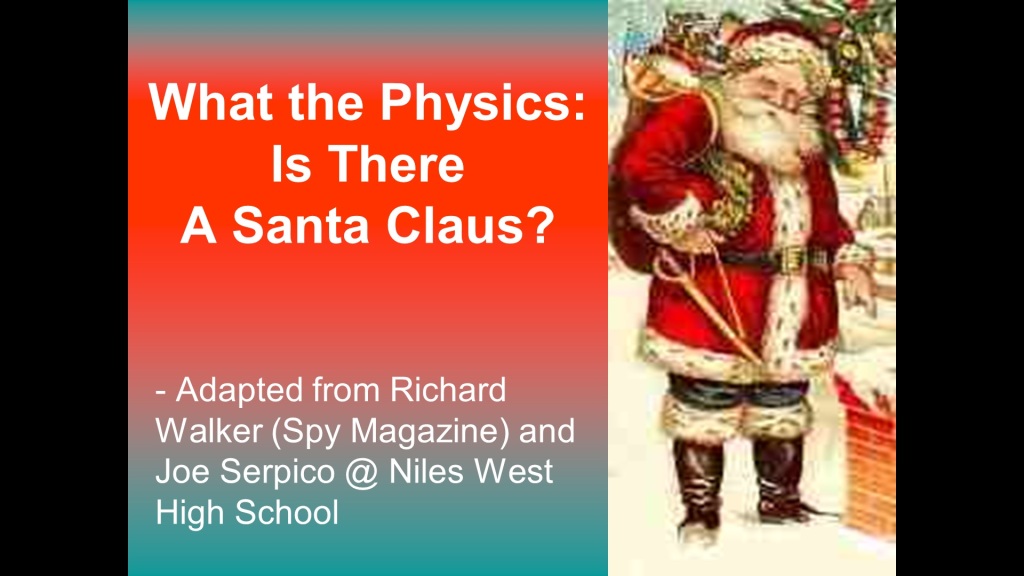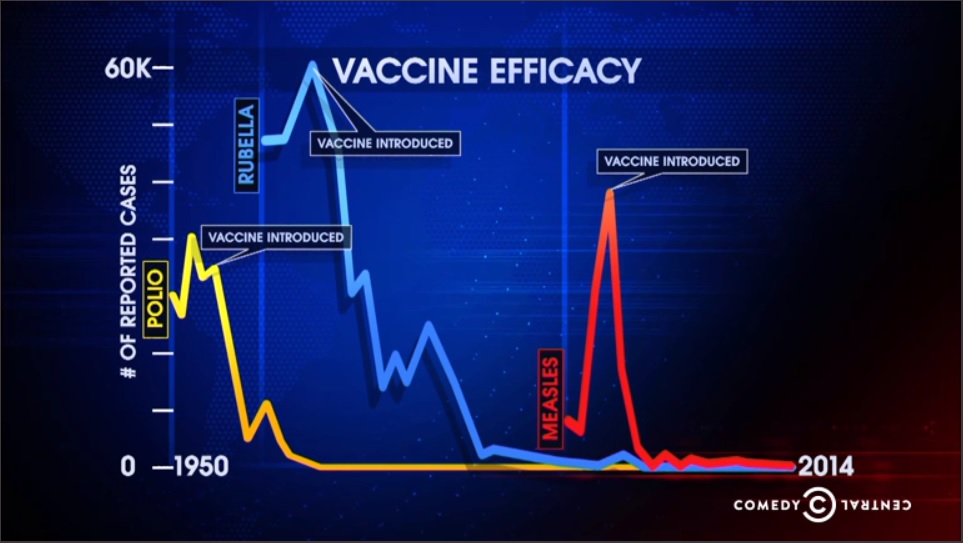Chances are that if you mention the name “Mother Teresa” to a random person, they will associate her with all manner of great and wonderful activities, such feeding the poor and aiding the sick and dying. Indeed, MT is almost universally accepted as the model of a good and selfless person. But, as with all myths, the reality is quite different and not so rosy.
Since the Vatican is about to declare Mother Teresa a “saint”, I think it’s appropriate to remind people of some unpleasant facts about her. One of MT’s earliest and harshest critics was Christopher Hitchens, who authored this article for Slate in 2003, wherein he refers to her as a “fanatic, fundamentalist, and fraud.” Here’s an excerpt:
… MT was not a friend of the poor. She was a friend of poverty. She said that suffering was a gift from God. She spent her life opposing the only known cure for poverty, which is the empowerment of women and the emancipation of them from a livestock version of compulsory reproduction. And she was a friend to the worst of the rich, taking misappropriated money from the atrocious Duvalier family in Haiti (whose rule she praised in return) and from Charles Keating of the Lincoln Savings and Loan. Where did that money, and all the other donations, go? The primitive hospice in Calcutta was as run down when she died as it always had been—she preferred California clinics when she got sick herself—and her order always refused to publish any audit. But we have her own claim that she opened 500 convents in more than a hundred countries, all bearing the name of her own order. Excuse me, but this is modesty and humility?
And if that isn’t bad enough, check out this investigation of MT and the con job of her mythology and its propagation by the Vatican from Penn & Teller’s show Bullshit (warning: some of the images are disturbing).
Last, but not least, there are critics of MT from within India, who have been demanding accountability from her organization for years. One such critic is Dr. Aroup Chatterjee, who grew up in Calcutta amid MT’s organization that supposedly helped the sick and dying poor of the city. His article in the New York Times is scathing:
Over hundreds of hours of research, much of it cataloged in a book he published in 2003, Dr. Chatterjee said he found a “cult of suffering” in homes run by Mother Teresa’s organization, the Missionaries of Charity, with children tied to beds and little to comfort dying patients but aspirin.
He and others said that Mother Teresa took her adherence to frugality and simplicity in her work to extremes, allowing practices like the reuse of hypodermic needles and tolerating primitive facilities that required patients to defecate in front of one another.
Wow. That’s pretty rough stuff. It almost makes one want to question the motives of the Vatican, doesn’t it? Why would the Catholic Church create and propagate this myth of Mother Teresa, her “saintliness”, and the supposed miracles she performed? Maybe it has something to do with the institutional corruption and scandal brought on by rampant sexual abuse and related cover-ups?
Ah well, nothing like that old-time religion to distract one from some unpleasant facts.












